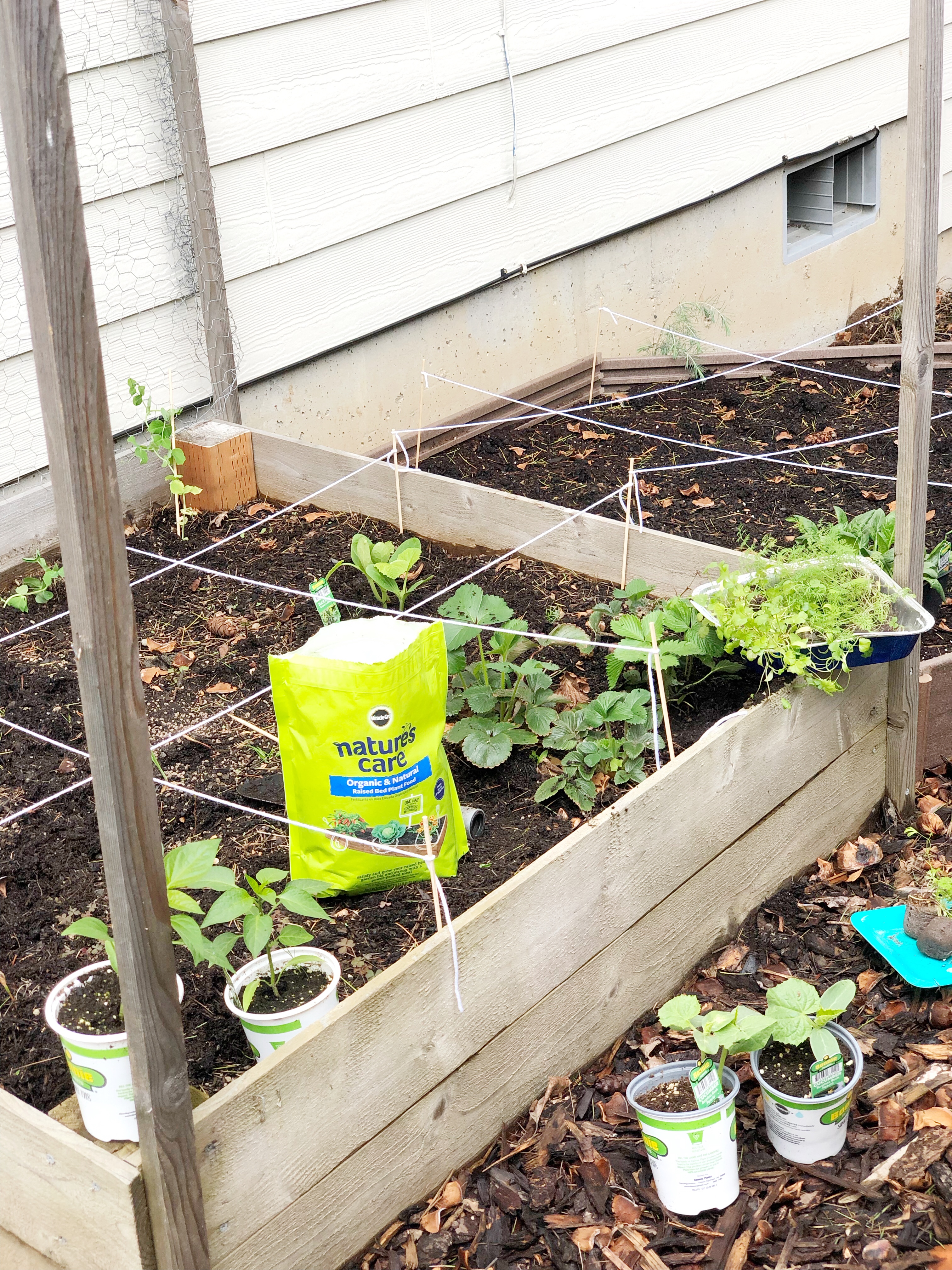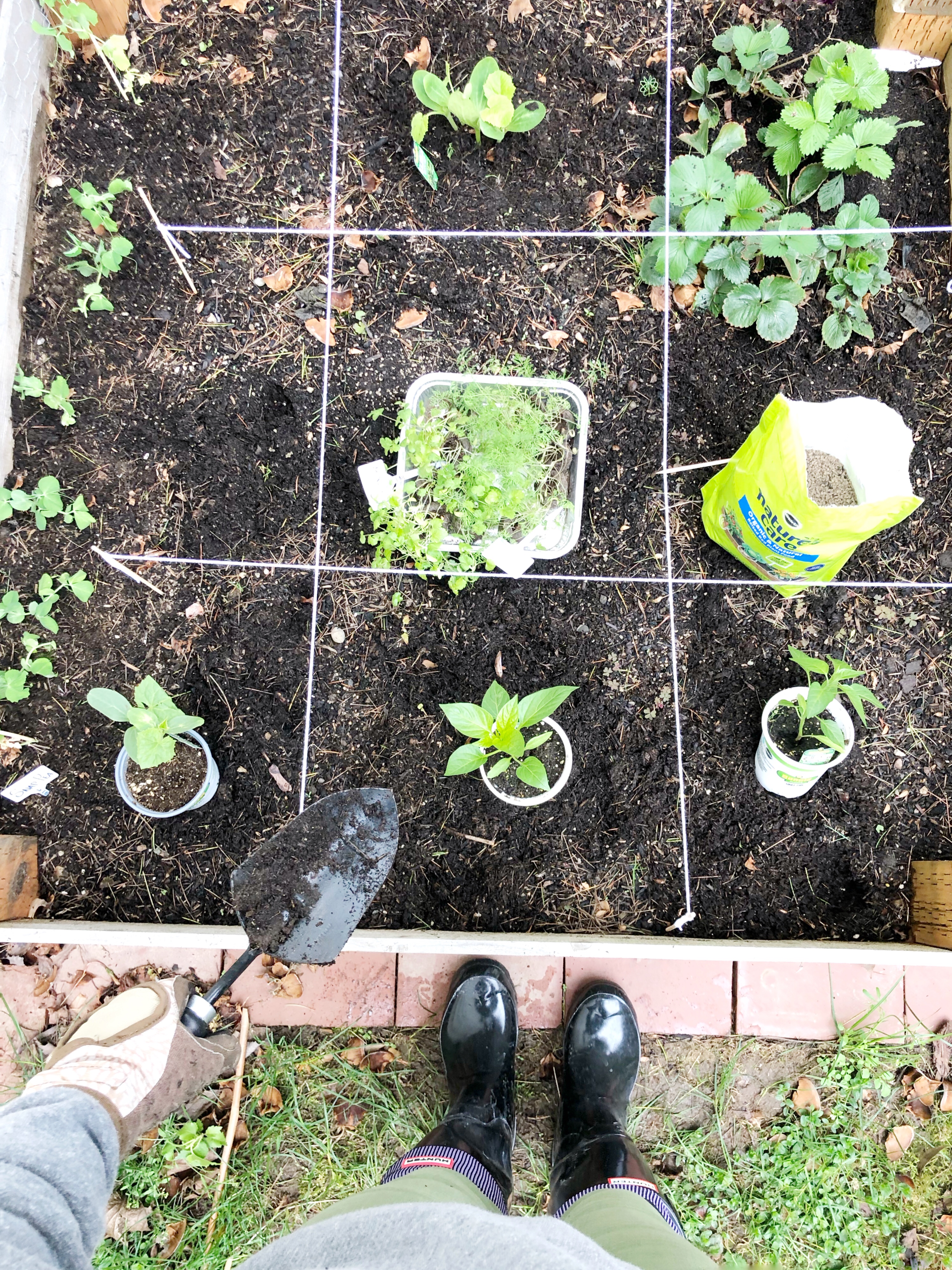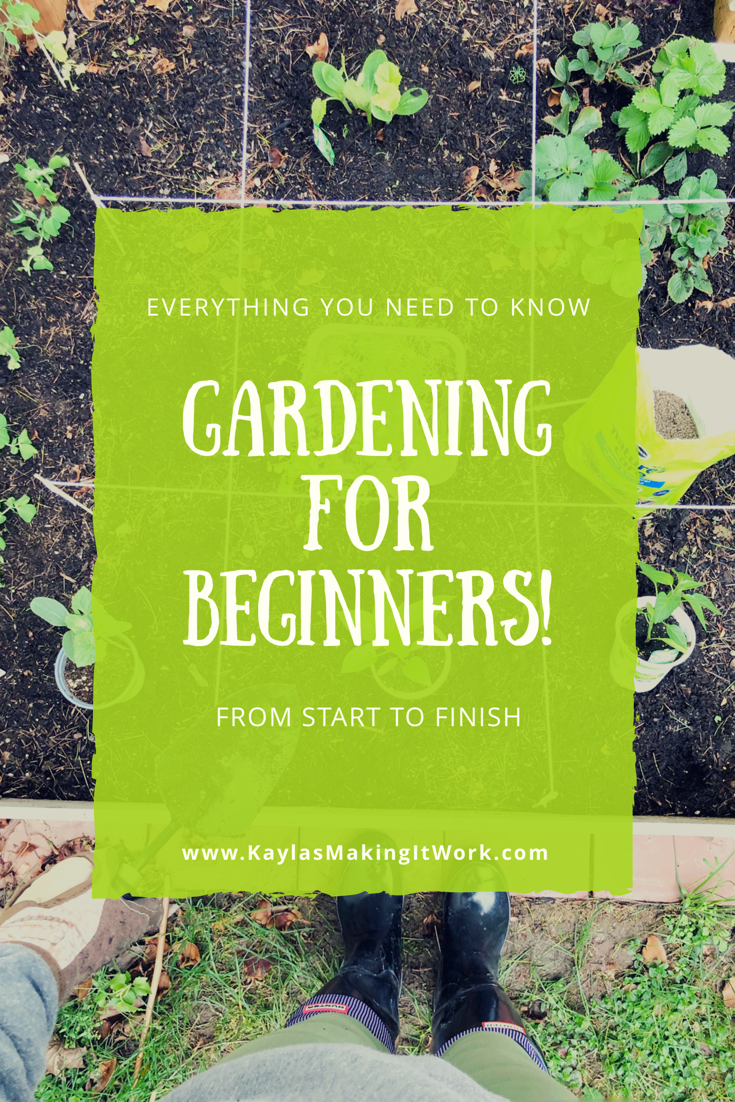Who is ready to start a garden !!! You must be excited at the thought of being able to grow your own yummy, organic food for your family so you have come to the right place. I wanted to put together an easy steps you can follow on how to start a vegetable garden. My hope is that you will learn through these steps you will be able to set up your very own garden that will be easy to care for and most importantly provide your family with lots of tasty food!
1. Location Location Location
This may be the most important step. Hence the reason why its step 1. You will want to take a day or two and watch the sun throughout the day and see where it shines most often.
Keeping in mind that most vegetabls need at least 6hrs of direct sunlight each day.
When you find the perfect sunny spot, that will be the best place for your garden!
2. You Should Know the Frost Dates
Now that we know how much sun our plants will need, you will now want to take into account frost dates.
For the purpose of this post the vegatables I will be sharing with you are all heat-loving plants. So you will want to check your frost dates and plan on planting your garden after that date.
You can look up your Canadian growing zone map or your American growing zone
3. Bigger isnt always better
I know how tempting it is to want your first garden to be packed full of all the goodness, but bigger isnt better!
Growing a vegetable garden is a lot of fun, but it’s also a lot of work. My hope is that you have a successful garden. Below Im going to talk about setting up a square foot garden and how you can fit a lot in a small space.
So how big should your first vegetable garden be? I started my garden in a raised bed last year it was 4ft x 4ft. I will double the size this year.
Why a raised bed ? Less work to set up, easier to harrvest crops and weeds. You can decide on the soil you start with making for a more successful garden ( in my opinion ) this is the raised bed kit I purchased
For a first timer a good size garden to start with would be 4ft x 4ft up to 16ft x 4ft. The bigger the garden=more work. So dont bite off more then you can chew ! ( hahah see what I did there ?!?!?!?)
4. Easy To Grow Vegetables
Belowe is a list of east to grow vegetables. It is also important to think about the vegetables that your family will actually eat.
Your local garden centers are a wealth of knowledge. Ask them questions and see what vegetables grow well in your area. Here is a list of some some popular and easy to grow plants to try.
- Tomatoes
- Peppers
- Zucchini
- Cucumbers
- Bush Beans
- Beets
- Lettuce
- Swedish Chard
- Spinach
- Carrots
- Radishes

5. Plan Your Garden
Now on to the fun part.
- You know where you are going to start your garden
- You know the frost dates
- Size of your garden
- What you will grow
This step may sound silly but it will help keep you organized.
Take some paper and a pen and draw out your garden. Then divide the garden into 1ft x 1ft squares.
Rember to plan on planting taller plants ( tomatoes, beans) along the northern edges of the garden to be sure they don’t shade the shorter growing ones.
6. Prepare The Garden for planting
You now want to set up your raised garden bed. I used this kit. If you feel ambitious you can do a quick google search and you will find dozens of diy raised bed ideas.
There are many benifits to starting a raised bed garden. The main one being the soil. You get to have full control over what soil your plants will grow in.
After setting up your raised bed kit in the location of your garden I recommened layering the bottom with newspaper. Doing this will help keep the weeds to a minamum.
7. Plant The Garden
Now you’re ready to start planting your garden!
If you followed along with me through instagram and started seedlings inside with me. You willl want to harden off the plants before planting them in them in your garden. This simply means putting the plants outside for a week or so before planting.

9. Mulch Your Garden
Often we think of mulch in the garden only for flower beds but it just isn’t true.
Mulching your vegetable garden will save you so much work. It helps to suppress weeds, keeps your plant’s cleaner when it rains because dirt doesn’t splash up on to them and holds moisture in the soil.
10. Watering Your Garden
One of the most important parts of caring for your vegetable garden is watering.
On average a vegetable garden needs 1 inch of water each week. If you have been getting enough rain then you won’t need to worry about watering your garden.
It’s better to water your garden once a week deeply then it is to water lightly but more often. This encourages the plant’s roots to grow deeper into the soil to reach the more moist soil.
The simplest way to water your garden is to use a sprinkler but a more efficient way is to use soaker hoses, or drip tape so that the water gets right to the base of the plants where it’s needed.
You see starting your first vegetable garden isn’t so hard, is it?
Thats it, now isnt that starting your own garden simple! You are well on your way to enjoying these organic veggies as a family family!
Smile,
Kayla

